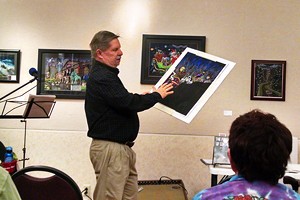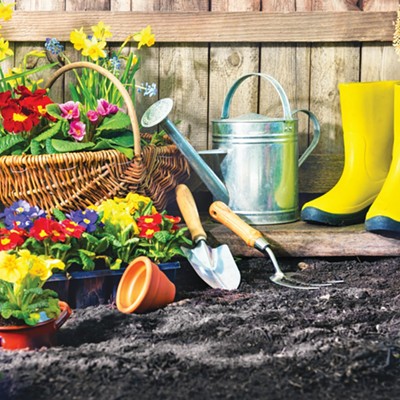
When facing retirement, most people rightly spend considerable time and energy on financial planning to adjust to life without a salary. Equally important, however, is the need to make mental and emotional preparations for the adjustment of leaving the workforce.
There is a cultural assumption that retired people are living the good life, freed from the chains of the 9 to 5 routine. However, a growing body of research suggests that retirement can have a negative impact on physical and emotional health. A 2013 study by the Institute of Economic Affairs, for example, indicates that retirement increases the probability of suffering from clinical depression by about 40 percent, and the probability of having at least one diagnosed physical condition by about 60 percent.
The path to a happy retirement is littered with several potential stumbling blocks. Many people, especially men, find that their identity is closely tied to their career. Without a job to go to, they struggle to find purpose and a sense of self-worth.
One of the biggest adjustments to retirement is coming to terms with the reality of waking up every morning without anywhere to be. A 2012 study in the Journal of Happiness Studies indicates that retirees experience a “sugar rush” of satisfaction immediately after leaving the workforce, but notes that those feelings of well-being decline in the coming months and years as the initial thrill of excessive free time evaporates and boredom sets in.
Excessive free time can also take its toll on a marriage when spouses are suddenly faced with the prospect of spending all day, every day, with one another. Stress is exacerbated when spouses are not on the same page as to how they envision retirement – if he looks forward to sitting on the porch drinking coffee, while she had hoped for a more active lifestyle, for example.
However, with proper thought, emotional preparation, and planning for how to spend one’s time, retirement can be an incredibly satisfying phase of one’s life. Below are some tips from Springfield retirees on how to make the most of this new adventure.
Take time for yourself
By the time Pam Brown retired after 16 years as a receptionist/librarian at Sorling Law Office, she had spent most of her adult life working in the service of others. Prior to taking the job at Sorling, she had been a stay-at-home mother to her three children. She embraced retirement as an opportunity to focus on her own interests. “Now I’m doing things that I want to do for myself. Now I can live my life for me,” she said.
Brown advises new retirees to take some time for themselves: “Allow yourself to do something just for you – take a trip or do something to celebrate.”
Don’t be afraid to try new things
Phil Locascio had dabbled in painting a little bit in his youth, but he didn’t seriously take up painting until he retired from the Department of Children and Family Services in November 2012. He signed up for a pastel painting class, and then another, and then another. Now he is an active member of the Prairie Pastel Society who regularly sells his work to a growing network of admirers. Locascio advises new retirees to try their hand at whatever it is they’ve always wanted to try.
“What is it that you have to prove to anyone anymore? If you stink at painting, you stink at painting, but go try it. You haven’t got time to dilly dally – just go do it,” he said.
Learn to manage your time
Both Brown and Locascio were surprised to discover that being retired requires careful management of their time. Brown noted that, prior to retirement, the work week dominated her schedule, and all other tasks and hobbies took place when she could find time. Now, with more time on her hands, “the biggest adjustment to retirement was relearning how to prioritize things,” she said. Locascio agreed. “The illusion that you have limitless time to do everything you want to do is not really accurate. You still have to be disciplined in regimenting your time.”
Volunteer your time
Kathryn Harris had always dreamed of becoming an adult literacy coach. After retiring as Library Services Director at the Abraham Lincoln Presidential Library this past April, Harris began training to do just that. She also serves on the boards of the Abraham Lincoln Association, the Springfield and Central Illinois African-American History Museum and the Hoogland Center for the Arts. She is also active in her church.
“It’s always good to give back to your community,” Harris noted. “But,” she cautioned, “you have to balance so you don’t spread yourself too thin.”
Stay active
The common denominator among people who are enjoying their retirement is their commitment to staying active. Whether that activity takes the form of pursuing hobbies, taking care of grandchildren, volunteering, or starting a new job, studies have shown that activity results in greater increases in psychological well-being.
“There’s nothing worse than finding yourself feeling like nobody needs you. As long as your mind and body are working, you need to keep doing things,” Brown advises. “Find something to engage yourself in. Once you sit down in that chair, you never get back up.”
Erika Holst is a local writer and Curator of Collections at the Springfield Art Association.

















